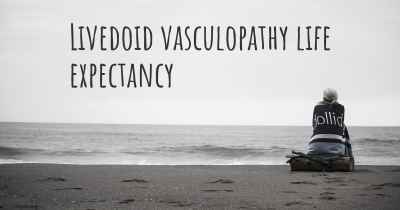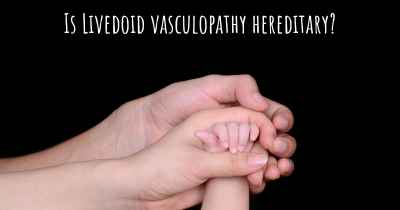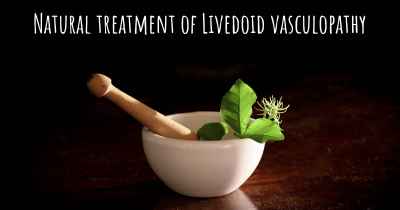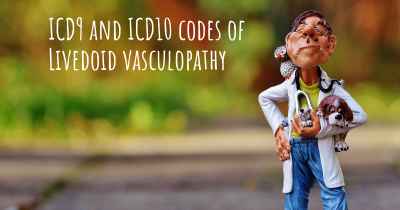What is the history of Livedoid vasculopathy?
When was Livedoid vasculopathy discovered? What is the story of this discovery? Was it coincidence or not?

Livedoid vasculopathy, also known as livedoid vasculitis or atrophie blanche, is a rare and chronic condition that affects the blood vessels in the skin. It is characterized by the development of painful ulcers and necrotic lesions on the lower extremities, particularly the ankles and feet. The exact cause of livedoid vasculopathy remains unknown, and its pathogenesis is still not fully understood. However, several theories have been proposed to explain its origins.
Historical Background
The first documented cases resembling livedoid vasculopathy date back to the late 19th century. French dermatologist Ernest Henri Besnier described a condition called "atrophie blanche" in 1888, which presented with white, atrophic scars on the lower legs. Over the years, various terms were used to describe similar clinical presentations, including "livedo reticularis with ulceration," "necrotic livedo," and "livedoid vasculitis." It was not until the 1980s that the term "livedoid vasculopathy" gained wider acceptance.
Possible Causes
The exact cause of livedoid vasculopathy remains elusive, but several factors have been implicated in its development. One theory suggests that it may be an autoimmune disorder, where the body's immune system mistakenly attacks the blood vessels in the skin. Another hypothesis proposes that abnormalities in the coagulation system, leading to blood clot formation within the vessels, may play a role. Additionally, genetic predisposition and environmental triggers, such as infections or trauma, have also been suggested as potential contributors.
Clinical Presentation
Livedoid vasculopathy typically affects adults, with a slight female predominance. The condition is characterized by recurrent painful ulcers that develop on the lower extremities, particularly the ankles and feet. These ulcers often have a punched-out appearance with a necrotic center and a surrounding rim of erythema. The affected areas may also exhibit a reticular or lace-like pattern known as livedo reticularis. The ulcers tend to heal slowly, leaving behind atrophic scars or areas of depigmentation.
Diagnosis and Differential Diagnosis
Diagnosing livedoid vasculopathy can be challenging due to its similarity to other conditions. A thorough medical history, physical examination, and skin biopsy are essential for accurate diagnosis. Skin biopsy findings typically reveal thrombotic occlusion of small blood vessels, inflammation, and necrosis. Differential diagnosis includes conditions such as vasculitis, vasculopathy associated with connective tissue diseases, and other causes of leg ulcers.
Treatment and Management
There is no definitive cure for livedoid vasculopathy, and treatment aims to alleviate symptoms, promote ulcer healing, and prevent complications. Therapeutic approaches may include:
- Wound care: Proper wound care, including regular cleaning, debridement, and dressings, is crucial to prevent infection and promote healing.
- Compression therapy: Wearing compression stockings or bandages can help improve blood flow and reduce swelling.
- Pharmacotherapy: Medications such as anticoagulants, immunosuppressants, and vasodilators may be prescribed to manage symptoms and prevent further ulceration.
- Hyperbaric oxygen therapy: In some cases, hyperbaric oxygen therapy may be beneficial in promoting wound healing.
Prognosis
Livedoid vasculopathy is a chronic condition with a variable course. Some individuals may experience spontaneous remission, while others may have recurrent episodes and persistent ulcers. The disease can significantly impact the quality of life due to pain, impaired mobility, and cosmetic concerns. Long-term management and regular follow-up with a dermatologist or vascular specialist are essential to monitor the condition and adjust treatment as needed.
Conclusion
Livedoid vasculopathy is a rare and chronic condition characterized by painful ulcers and necrotic lesions on the lower extremities. Despite its historical recognition, the exact cause of livedoid vasculopathy remains unknown. Ongoing research and advancements in understanding its pathogenesis are necessary to develop more effective treatments and improve the prognosis for individuals affected by this challenging condition.








